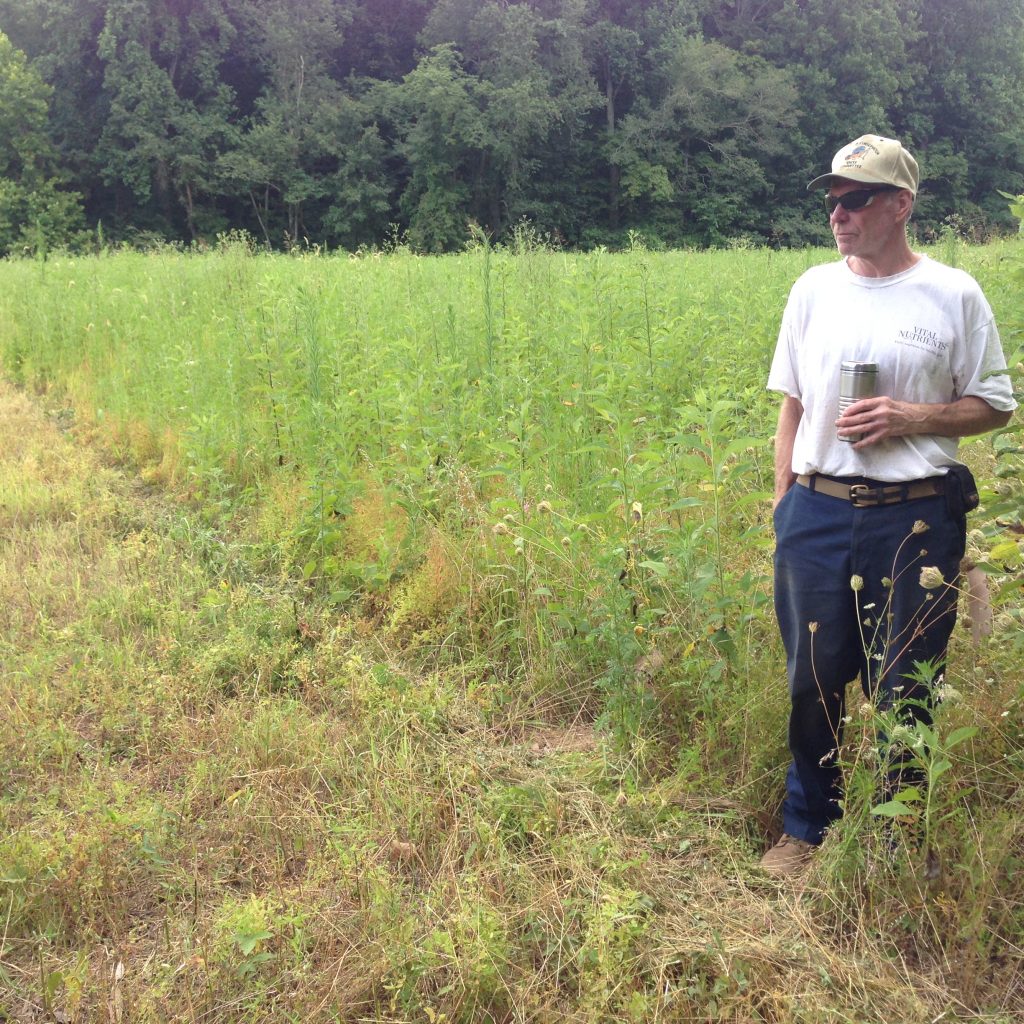Early Successional Habitat Techniques
Early successional habitat is defined as open areas that provide food and shelter after a disturbance.
It is characterized by annual plants such as grasses and forbs that develop after a disturbance. Early successional habitats are important to many types of wildlife, including white-tailed deer, ground-nesting birds, pollinators and wild turkeys. These areas provide cover and food sources for poults during the first six weeks of life.
Some common types of early successional habitat include abandoned fields, clear-cuts, field edges and logging decks.

Periodic Disturbance
Conducting disturbance of these areas with mechanical, chemical and/or prescribed fire is required every two to four years to maintain quality habitat. Examples of mechanical techniques include mowing, mulching, discing and drum chopping in the late winter months. Chemical applications of selective herbicides that target unwanted hardwood growth is best in early fall. Prescribed burning of areas in late fall and early winter is warranted for early successional growth in the spring and summer.
Timing and planning are key to the success of these disturbance techniques. Manipulation can be done throughout the year to remove unwanted vegetation or tree growth. Staggered practices at different times of the year will help provide diverse vegetative plants that you would not get with winter burns. It will also provide different growing stages of plants, offering additional diversity to poults as they grow. Spring controlled burns, discing, or mowing prior to nesting of wild turkeys is ideal in most cases.
Rotational Disturbance
Divide areas up for yearly maintenance. These areas can be either mowed or disced each year or rotated to an every-other-year schedule. Mowing and discing should be conducted in the early winter months to help establish naturally occurring forbs and grasses. Creating strips or edging in open areas, along roadsides or timber stands that can be disturbed yearly creates great early successional habitat. The goal here would be to have multiple strips or open areas that could be manipulated every other year while being side by side with each other. This would provide two different stages of plant growth: a cover source and a new food source.
The primary goal is to return the habitat to an early stage of growth, not allowing areas to grow into a woodier habitat. Woody areas become dense, creating areas turkeys can’t navigate, and they create a natural hideout for predators. By disturbing the ground at the right time of year with the right technique, you’ll enhance the growth of native plants and forbs that provide a food source, along with cover for young poults during their early stages of growth.
